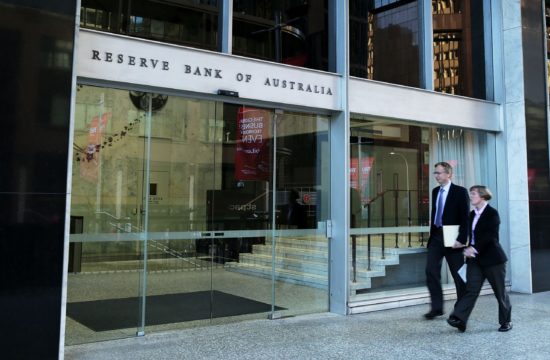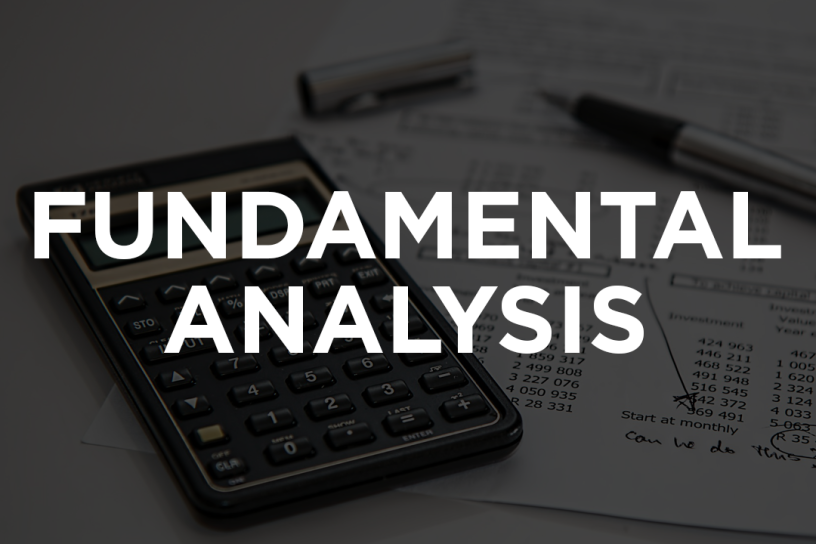FAO: Trade Association Chairs/CEOs,
How the discontinuation of LIBOR may affect your members and stakeholders
You may know that a major transition is underway to switch from the interest rate benchmark LIBOR to alternative ‘risk-free’ rates.
We at the Financial Conduct Authority (FCA) and Bank of England are writing to you to set out how this will affect your members and stakeholders. We want to ask you to help raise awareness among your networks, and to offer you some practical help to do this task, including a free online training session.
Why LIBOR is ending and when
The LIBOR benchmark relies on estimates from banks of their borrowing costs in markets which are no longer active, so is not considered sufficiently robust or sustainable given its widespread use. The FCA has secured agreement from banks that they will keep contributing to LIBOR until the end of 2021. This will give users time to switch to alternative rates before LIBOR is discontinued. Continuing to rely on LIBOR after this point will create a number of risks to firms. One of these is a lack of clarity over the legal position and interest payments due for contracts that refer to LIBOR rates.
The process of transition in the UK is being overseen by the Working Group on Sterling Risk-Free Reference Rates (RFRWG). The RFRWG was convened by the Bank of England and FCA and is made up of a wide range of firms including banks, asset managers, non-financial corporates, trade bodies and professional services firms.
How this will affect your organisation, stakeholders and members
We expect this transition will affect most British businesses in some way, including small nonfinancial organisations. So, it is likely to affect some of your members, stakeholders, or clients they may advise. For example, LIBOR may be used in bank loans to companies, or in contracts between non-financial companies which have arrangements for payments which add interest.
Where your members or stakeholders rely on LIBOR, they will need to take action to ensure the end of LIBOR does not cause disruption to their business, and to give them certainty about how their obligations to pay or entitlements to receive interest will be affected after the end of 2021.
The alternatives to using LIBOR
There are a number of alternatives to LIBOR already in wide use. In particular, in 2017, the RFRWG chose the Sterling Overnight Index Average (SONIA), published by the Bank of England, as the preferred risk-free rate for wholesale financial markets in the UK.
SONIA is based on transactions that firms report to the Bank of England. It reflects the average of the interest rates that banks pay to borrow sterling overnight from other financial institutions. For more information see the Bank of England website.
An RFRWG Task Force of both lenders and borrowers have concluded that SONIA is suitable for use in around 90% of future sterling lending by value. Other alternative reference rates are also available, including fixed rates or the Bank of England’s policy rate (Bank Rate). Further information can be found in The Use Cases of Benchmark Rates, published by the RFRWG in January 2020.
It is essential that organisations move from LIBOR to SONIA or other alternative rates to reduce the risks of continued reliance on LIBOR. This move offers advantages to borrowers, for example it reduces the risk that their interest payments increase as a result of banks’ own borrowing costs rising in more stressed economic conditions. During such a major change to current practice, it is also important that firms treat customers fairly throughout this transition. We give more information on these points in the Appendix to this letter.
Key dates coming up
With less than two years until end-2021, this year is the critical year for firms to take action to identify and remove any dependencies on LIBOR.
The RFRWG has set a target date of end-September 2020 for banks and other lenders to stop making new LIBOR-based loans that mature beyond end-2021. This is to protect borrowers from uncertainty about their future interest payments that would occur if their lenders were still using LIBOR beyond that date.
Firms with existing LIBOR-referencing arrangements that mature after end-2021 will need to convert these to alternative arrangements such as SONIA or Bank Rate. Alternatively, they will need to include robust fallback provisions in their contracts, if they want to be certain how interest rate payments will be calculated after end-2021.
Any of your stakeholder firms that use LIBOR-referencing products from their bank will be contacted by their bank about moving to alternative products. Stakeholder firms may also use LIBOR in contracts with other non-financial firms, or in their internal accounting systems. It is therefore important all users of LIBOR understand where it is used within their business, and what they need to do to transition.
Next steps
There is more information on LIBOR transition in this factsheet, published by the RFRWG.
It explains how transition may affect businesses and, if so, what businesses need to do about it. We encourage you to share this with your relevant members and stakeholders.
To help you help your members, the RFRWG, FCA, Bank of England and UK Finance are running a free webinar session on 20 March to discuss in more detail the key tasks needed to make the move from LIBOR.
We hope this event will give you useful information to build LIBOR transition into your own work plans, communication strategies and outreach to your stakeholders.
There is more background information on LIBOR transition on the FCA’s website, as well as the RFRWG webpage. If you have any questions about the impact of LIBOR transition on your members, or to sign up to the webinar, please contact our transition teams at [email protected].
Kind regards,
Andrew Hauser
Bank of England
Appendix – Protecting the interests of borrowers in transition
A timely transition away from use of LIBOR is necessary to avoid the risk of disorderly outcomes when it is no longer available. Continued publication of LIBOR is not sustainable over the long-term due to an absence of active underlying markets to base the rate upon. Its publication is therefore expected to cease after the end of 2021. Borrowers or other businesses continuing to rely on the availability of LIBOR beyond this point face a number of risks, including the potential for the legal status of contracts referencing LIBOR to become unclear, or for unexpected and unpredictable changes in interest payments on their loans.
Transition away from LIBOR to alternative near risk free rates also offers a number of advantages to borrowers. The most commonly used LIBOR rates – 3-month and 6-month LIBOR – are based on the combination of expected risk free rates plus a component to reflect the cost for banks of obtaining unsecured credit over the relevant 3- or 6- month period. This credit component varies over time, and would normally increase at times of economic stress. As the financial crisis vividly showed, borrowers paying LIBOR-based interest rates may pay higher interest rates at times of economic stress, even when the Bank of England’s policy rate is being reduced.
For firms with existing LIBOR-referencing arrangements that mature after end-2021, these will need to be converted to alternative arrangements such as SONIA or Bank Rate, or include robust contractual fallback provisions, if firms want to be certain how interest rate payments will be calculated after end-2021. It is important that customers are treated fairly, and can be assured they are treated fairly, where this is the case. The FCA has made clear to banks that LIBOR discontinuation should not be used to move customers with continuing contracts to replacement rates that are expected to be higher than LIBOR would have been. At the same time, because SONIA and Bank Rate are typically lower than LIBOR rates due to the absence of a credit component, a fair conversion will involve the addition of a small adjustment to account for this difference.














